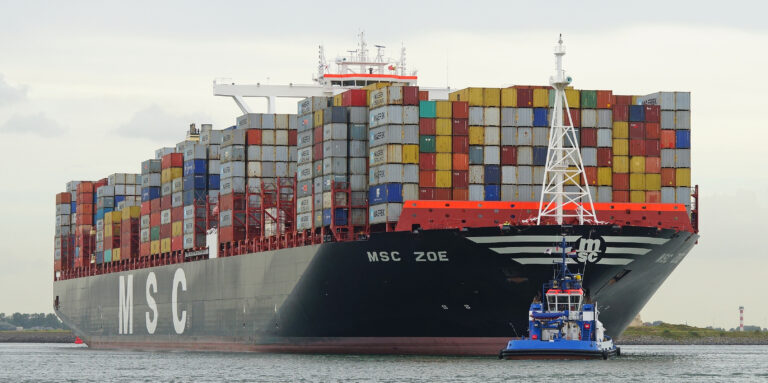The toolkit explains the ISO 45003 framework and unpacks the steps needed to help organisations deliver better care for staff and combat the $543 million dollars paid out each year on compensation for work-related mental health conditions.
It also gives a state-by-state breakdown of how the new ISO 45003 fits in with existing WHS rules in Australia and New Zealand.
Craig Cowdrey, CEO, Sonder said “It’s one thing to be aware of these global standards, but it’s another to implement them and support a better working environment for your staff. With this toolkit, Sonder is making it easier for employers to look after their people.”
The toolkit was developed to give companies the opportunity to implement this important work standard and contribute towards better outcomes for mental health and wellbeing in the workplace.
“This is a risk management tool to help organisations build safer and healthier workplaces. Employee wellbeing is at the heart of what Sonder does, and it’s why we’ve taken the lead on driving home the importance of the standard, and encouraging organisations to implement it in their workplace.” Mr Cowdrey said.
“This is a way for organisations to lead from the front and bolster their WHS frameworks to also focus on psychosocial support. Businesses are struggling to keep up with the ever-changing work landscape, and need to ensure they are better prepared to support their people, irrespective of where and when they are working. There will come a time in the near future when more and more employees will return to their workplace, and this may cause another wave of significant psychosocial risk.”
“Every business leader and HR manager should know about the new standard and consider how it can be used to help evolve their own programs and policies. Employee wellbeing and safety is paramount to a company’s success, and needs to be an ongoing priority for companies who want to stay ahead of the curve,’ he said.
The toolkit will assist leaders in the management of psychosocial risks and the promotion of wellbeing and safety.
The toolkit can be accessed here.



